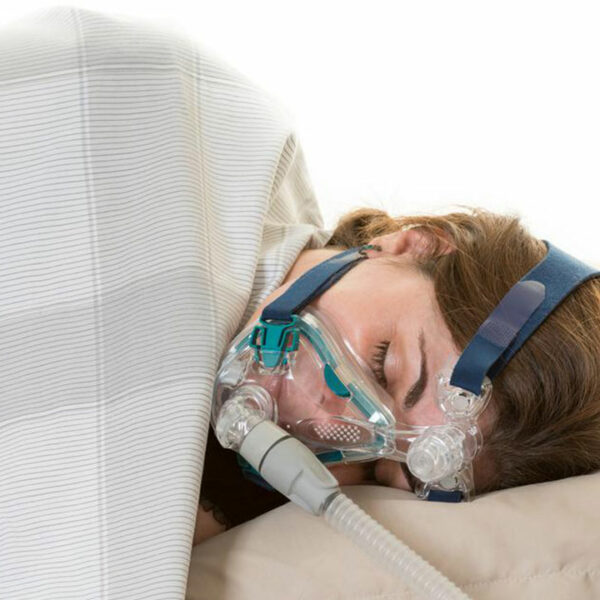
Gluten intolerance and its symptoms
Most people confuse gluten intolerance with celiac disease. However, celiac disease is a much more complex disorder which affects only 1% of all adults whereas gluten intolerance is common. The damage done by gluten intolerance is not the just restricted to the gastro intestinal tract, but it also ends up affecting the central nervous system, the cardiovascular system, the reproductive system, the skeletal system and the endocrine system. As gluten intolerance leads to autoimmune reaction, it is also associated with many diseases. So, it is necessary to track this problem and include gluten free foods in the daily diet or one can also consult the doctor for prescribed medications. Let’s have a look at some of the symptoms of gluten intolerance: Digestive symptoms which include cramping, abdominal pain, diarrhea, constipation, gas Difficulty in concentrating and remembering things commonly termed as “Brain Fog” Frequent headache Mood swings involving anxiety and depression Chronic fatigue and overall low energy levels Joint and muscle pain Numbness in the arms and legs Infertility and various reproductive problems Skin ailments like dermatitis, rosacea, eczema, and rashes Anemia and various nutrient deficiencies Autism in severe cases Some even include Alzheimer’s, dementia and schizophrenia So, what causes the problem of gluten intolerance?









